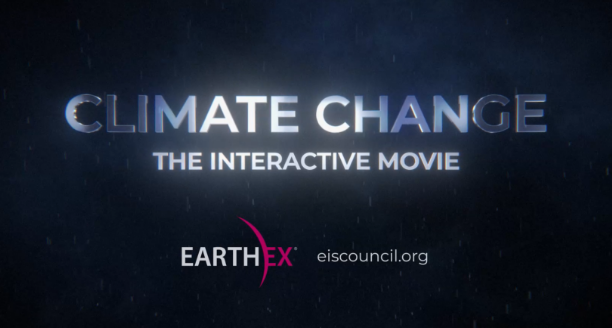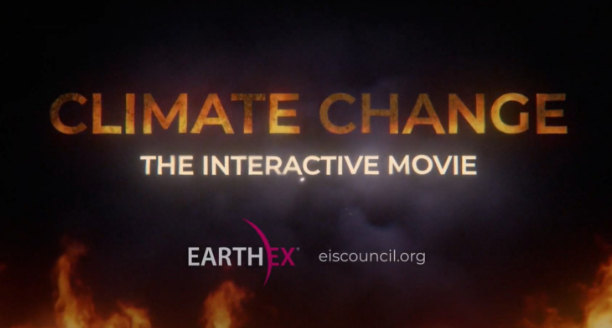Hurricanes and Severe Weather Events
In October 2012, after Superstorm Sandy struck the New Jersey and New York coastline, more than 8 million people were left without power. Many, in major cities, were left in the dark for days. An Edison Electric Institute report, “Before and After the Storm,” documents the nationwide array of investments and emerging best practices that investor-owned utilities have made in response to lessons learned from hurricanes like Superstorm Sandy, and in anticipation of more severe events in the future. Public utility commissions and state and local government leaders also undertook a range of initiatives to help them assess requirements and review proposals for such investments, both in those states directly affected by Sandy and in those that were indirectly affected.
There is compelling evidence that the increase in severe weather patterns in recent decades signifies a general increasing severity in these hazards, either due to periodic, heuristic factors, or to the climate change effects induced by modern society.
Department of Energy and other government-sponsored reports highlight the risk that climate change will produce increasingly extreme weather events and other challenges to grid resilience. DOE found in 2013 that “increasing temperatures, decreasing water availability, more intense storm events and sea level rise will each independently, and in some cases in combination, affect the ability of the United States to produce and transmit electricity….”
The 2014 U.S. National Climate Assessment noted that “extreme storm surge events at high tides are expected to increase, raising the risk of inundating energy facilities such as power plants, refineries, pipelines, and transmission and distribution networks.”
These risk factors, along with the risk of infrequent “mega-events” falling outside the range of projected extreme storm events, suggest that future weather-event damage will not remain within the limits of recent experience, or within the bounds of straightforward scaling from such experience.
Extreme Pandemics
COVID-19's historic and continuing, tragic cost in lives, health and societal well-being represents the first near-Black Sky-class pandemic event in modern times. The unprecedented, global disruption highlighted the potential for a more severe pandemic that could become a global complex catastrophe, with large scale infrastructure disruption...
GMD – Geomagnetic Disturbance
Many times each year, the sun ejects a portion of its coronal mass into space. If this highly- energetic, electrically and magnetically charged matter (Coronal Mass Ejection (CME)) encounters the Earth it distorts the Earth’s geomagnetic field.


